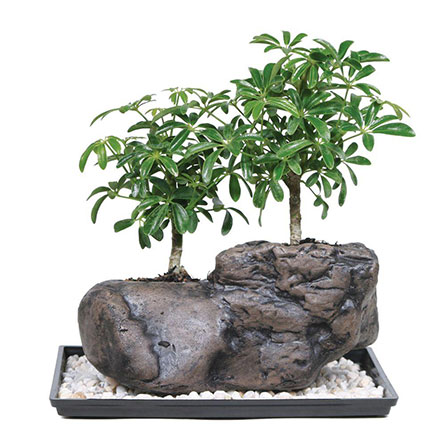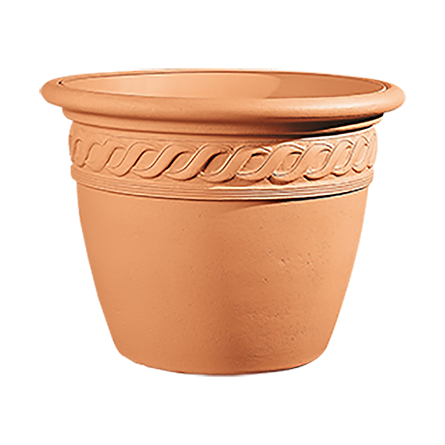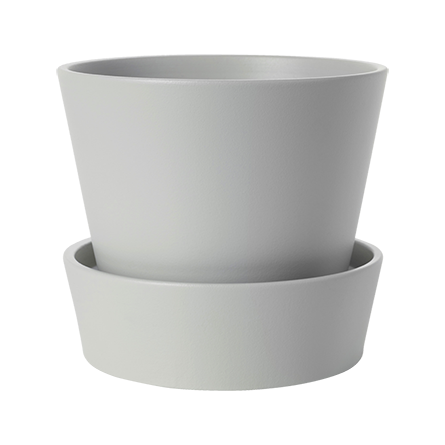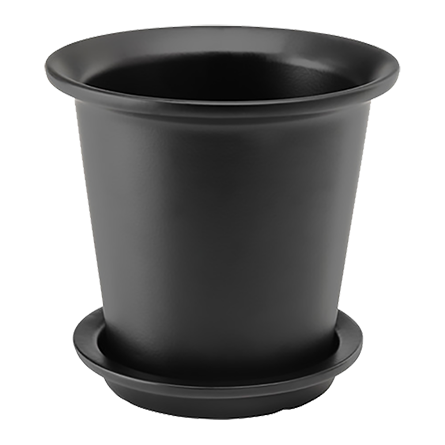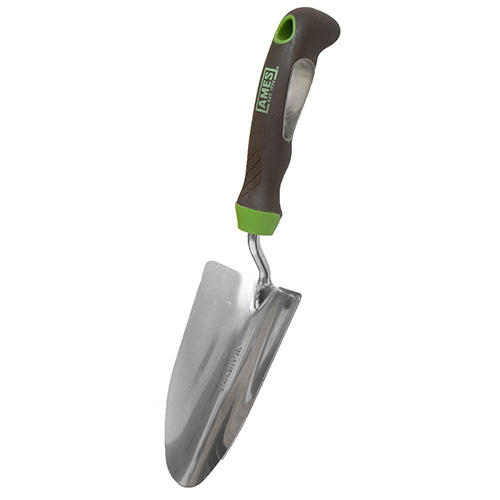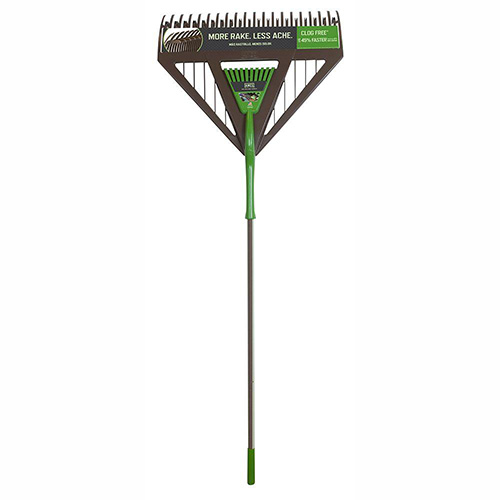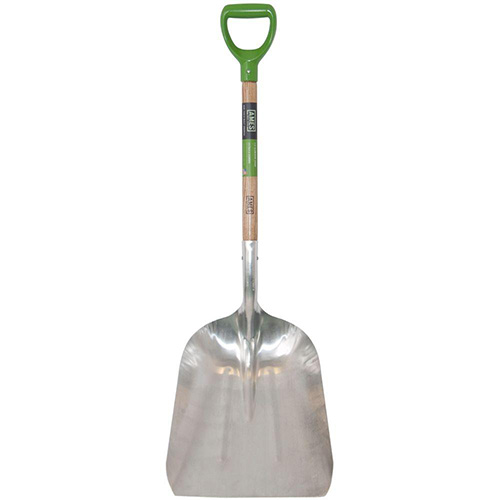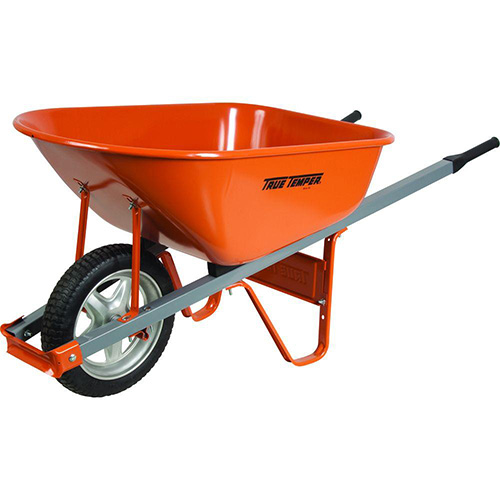local_florist Plants and Seeds
Some Kind of Bonsai
The art of Bonsai shaping and tree training is one of the oldest, most intricate arts in the gardening and botanical industry. The word bonsai is derived from the Japanese words bon, meaning tray, and sai, meaning tree, with a literal meaning of planting miniature trees inside a tray. Although originally started in Japan, there are similar traditions that are practiced in other cultures, such as the art of Penjingin China and hon-non-bo in Vietnam.
There are a variety of different styles of bonsai trees, as well as many different species of tree that can be used to create a Bonsai. Styles of Bonsai include informal upright, formal upright, cascade, literati, semi-cascade and raftbonsais, all of which can range greatly in size from miniature, small, medium and large. Both flowered and fruit trees can be used.
The direction and orientation of the major trunk of a bonsai tree are used to describe a growing style. For example, if the trunk of the tree has its apex directly above the base of the trunk (where it enters into the potting soil), it is known as an upright style.
Most bonsai trees are planted directly into soil; however there are certain bonsai species that are planted with their roots over rocks. This root-over-rock style is known as deshojo, and a similar style in which the entire tree is rooted within a rock is known as ishizuki.
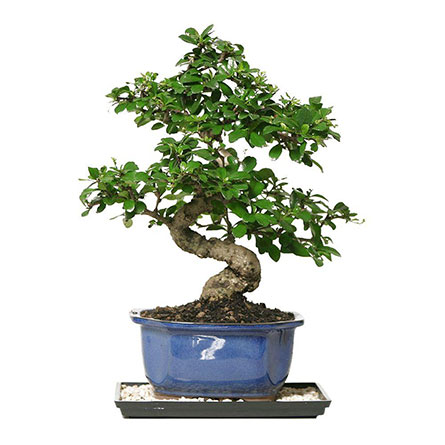
Some other Kind of Bonsai
The art of Bonsai shaping and tree training is one of the oldest, most intricate arts in the gardening and botanical industry. The word bonsai is derived from the Japanese words bon, meaning tray, and sai, meaning tree, with a literal meaning of planting miniature trees inside a tray. Although originally started in Japan, there are similar traditions that are practiced in other cultures, such as the art of Penjingin China and hon-non-bo in Vietnam.
There are a variety of different styles of bonsai trees, as well as many different species of tree that can be used to create a Bonsai. Styles of Bonsai include informal upright, formal upright, cascade, literati, semi-cascade and raftbonsais, all of which can range greatly in size from miniature, small, medium and large. Both flowered and fruit trees can be used.
The direction and orientation of the major trunk of a bonsai tree are used to describe a growing style. For example, if the trunk of the tree has its apex directly above the base of the trunk (where it enters into the potting soil), it is known as an upright style.
Most bonsai trees are planted directly into soil; however there are certain bonsai species that are planted with their roots over rocks. This root-over-rock style is known as deshojo, and a similar style in which the entire tree is rooted within a rock is known as ishizuki.
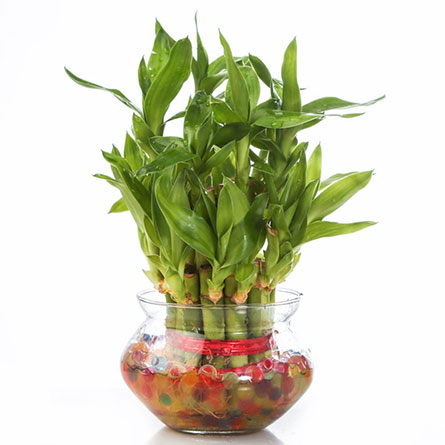
Some Bamboo Plants
The art of Bonsai shaping and tree training is one of the oldest, most intricate arts in the gardening and botanical industry. The word bonsai is derived from the Japanese words bon, meaning tray, and sai, meaning tree, with a literal meaning of planting miniature trees inside a tray. Although originally started in Japan, there are similar traditions that are practiced in other cultures, such as the art of Penjingin China and hon-non-bo in Vietnam.
There are a variety of different styles of bonsai trees, as well as many different species of tree that can be used to create a Bonsai. Styles of Bonsai include informal upright, formal upright, cascade, literati, semi-cascade and raftbonsais, all of which can range greatly in size from miniature, small, medium and large. Both flowered and fruit trees can be used.
The direction and orientation of the major trunk of a bonsai tree are used to describe a growing style. For example, if the trunk of the tree has its apex directly above the base of the trunk (where it enters into the potting soil), it is known as an upright style.
Most bonsai trees are planted directly into soil; however there are certain bonsai species that are planted with their roots over rocks. This root-over-rock style is known as deshojo, and a similar style in which the entire tree is rooted within a rock is known as ishizuki.
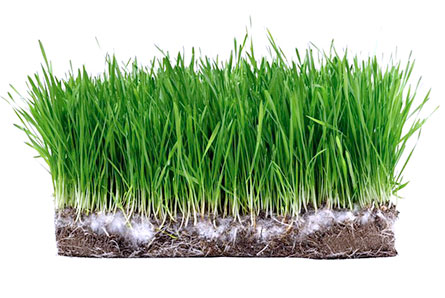
Grass Seeds
The art of Bonsai shaping and tree training is one of the oldest, most intricate arts in the gardening and botanical industry. The word bonsai is derived from the Japanese words bon, meaning tray, and sai, meaning tree, with a literal meaning of planting miniature trees inside a tray. Although originally started in Japan, there are similar traditions that are practiced in other cultures, such as the art of Penjingin China and hon-non-bo in Vietnam.
bubble_chart Stones and Gravel
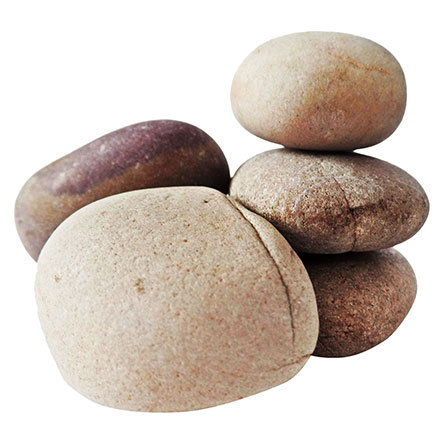
Stones
The art of Bonsai shaping and tree training is one of the oldest, most intricate arts in the gardening and botanical industry. The word bonsai is derived from the Japanese words bon, meaning tray, and sai, meaning tree, with a literal meaning of planting miniature trees inside a tray. Although originally started in Japan, there are similar traditions that are practiced in other cultures, such as the art of Penjingin China and hon-non-bo in Vietnam.

Gravel
The art of Bonsai shaping and tree training is one of the oldest, most intricate arts in the gardening and botanical industry. The word bonsai is derived from the Japanese words bon, meaning tray, and sai, meaning tree, with a literal meaning of planting miniature trees inside a tray. Although originally started in Japan, there are similar traditions that are practiced in other cultures, such as the art of Penjingin China and hon-non-bo in Vietnam.
spa Plant Pots
Plastic Plant Pots
Even if it’s cold and wet outside, a few beautiful plants and plant pots will mean it’s always summer, somewhere in your home. Plants can create a feeling of peace, and caring for them helps us slow down and appreciate the here and now. Our pots and plants help you bring new colors and textures into your home for nature-inspired updates.
- Some feature general feature regarding this pot style. It could be some extra text with some extra description.
- Some Feature: data about this feature.
- Other Feature: data about this feature.
- Another Feature: data about this feature.
- Some feature general feature regarding this pot style. It could be some extra text with some extra description.
- Some Feature: data for this feature.
- Other Feature: data for this feature.
- Another Feature: data for this feature.
- Some feature general feature regarding this pot style. It could be some extra text with some extra description.
- Another Feature: data for this feature.
- Other Feature: data for this feature.
- Some Feature: data for this feature.
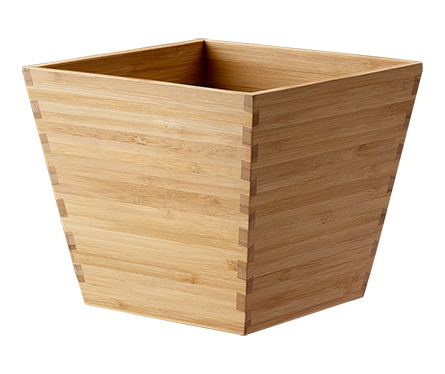
Wood Plant Pot
Even if it’s cold and wet outside, a few beautiful plants and plant pots will mean it’s always summer, somewhere in your home. Plants can create a feeling of peace, and caring for them helps us slow down and appreciate the here and now. Our pots and plants help you bring new colors and textures into your home for nature-inspired updates.


